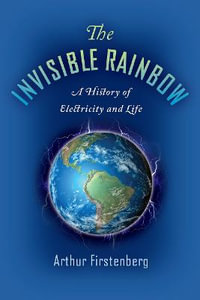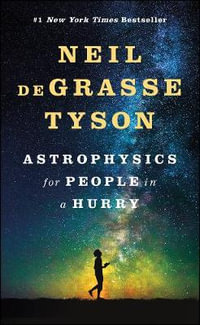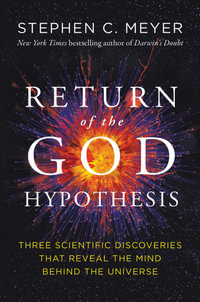| Prologue | p. vii |
| The Turbulence Problem | p. 1 |
| The Meaning of 'Turbulence' | p. 1 |
| Two Fundamental Aspects of Turbulence | p. 2 |
| The Net Energy Balance | p. 3 |
| Interchange of Energy Between States of Motion | p. 7 |
| Some Remarks | p. 11 |
| On the Harmonic Analysis | p. 11 |
| On the Concept of Isotropy | p. 11 |
| On the Possiblity of a Universal Theory | p. 12 |
| The Spectrum of Turbulent Energy | p. 13 |
| The Spectrum | p. 13 |
| An Equation for the Spectrum | p. 14 |
| Some Preliminaries to the Development of a Theory of Turbulence | p. 19 |
| Heisenberg's Theory of Turbulence | p. 21 |
| The Fundamental Equation of the Theory | p. 21 |
| Chandrasekhar's Solution of (7.17) for the Case of Stationary Turbulence | p. 23 |
| Other Derivations of the k-5/3 Law | p. 29 |
| Fermi's Approach | p. 29 |
| Kolmogorov's Theory | p. 30 |
| The Method of von Neumann | p. 31 |
| Conclusion | p. 33 |
| An Alternate Approach: Correlations | p. 35 |
| The Equations of Isotropic Turbulence | p. 37 |
| The Concept of Isotropy | p. 37 |
| Qij as an Isotropic Tensor | p. 38 |
| Two More Examples | p. 39 |
| Solenoidal Isotropic Tensors | p. 40 |
| Isotropic Vectors Li | p. 40 |
| Further Manipulations | p. 42 |
| The Isotropic Third Order Tensor, Tijk | p. 44 |
| The Karman-Howarth Equations | p. 49 |
| The Meanings of the Defining Scalars | p. 51 |
| Some Results from the Karman-Howarth Equation | p. 55 |
| The Taylor Microscale | p. 55 |
| The Study of the Decay of Turbulence | p. 56 |
| The Connection Between the Karman-Howarth Equation and the Kolmogorov Theory | p. 57 |
| The Double Correlation | p. 57 |
| The Triple Correlation | p. 58 |
| The Relation Between the Fourth and Second Order Correlations When the Velocity Follows a Gaussian Distribution | p. 61 |
| Some Properties of the Gaussian Distribution | p. 61 |
| One-Dimensional Gaussian Distribution | p. 61 |
| n-Dimensional Gaussian Function | p. 64 |
| Two-Dimensional Gaussian Function | p. 67 |
| Addition Theorem for Gaussian Distributions | p. 67 |
| Proof of (14.2) | p. 69 |
| Chandrasekhar's Theory of Turbulence | p. 71 |
| A More Subjective Approach to the Derivation of Chandrasekhar's Equation | p. 81 |
| The Dimensionless Form of Chandrasekhar's Equation | p. 83 |
| Some Aspects and Advantages of the New Theory | p. 85 |
| A Mathematical Justification of the Assumptions of the Heisenberg Theory | p. 85 |
| Compatibility with the Kolmogorov Theory | p. 86 |
| The Problem of Introducing the Boundary Conditions | p. 89 |
| Discussion of the Case of Negligible Inertial Term | p. 91 |
| The Case in Which Viscosity Is Neglected | p. 95 |
| Solution of the Non-Viscous Case Near r = 0 | p. 99 |
| Solution of the Heat Equation | p. 101 |
| Solution of the Quasi-Wave Equation | p. 103 |
| The Introduction of Boundary Conditions | p. 111 |
| Epilogue | p. 115 |
| Table of Contents provided by Ingram. All Rights Reserved. |
























